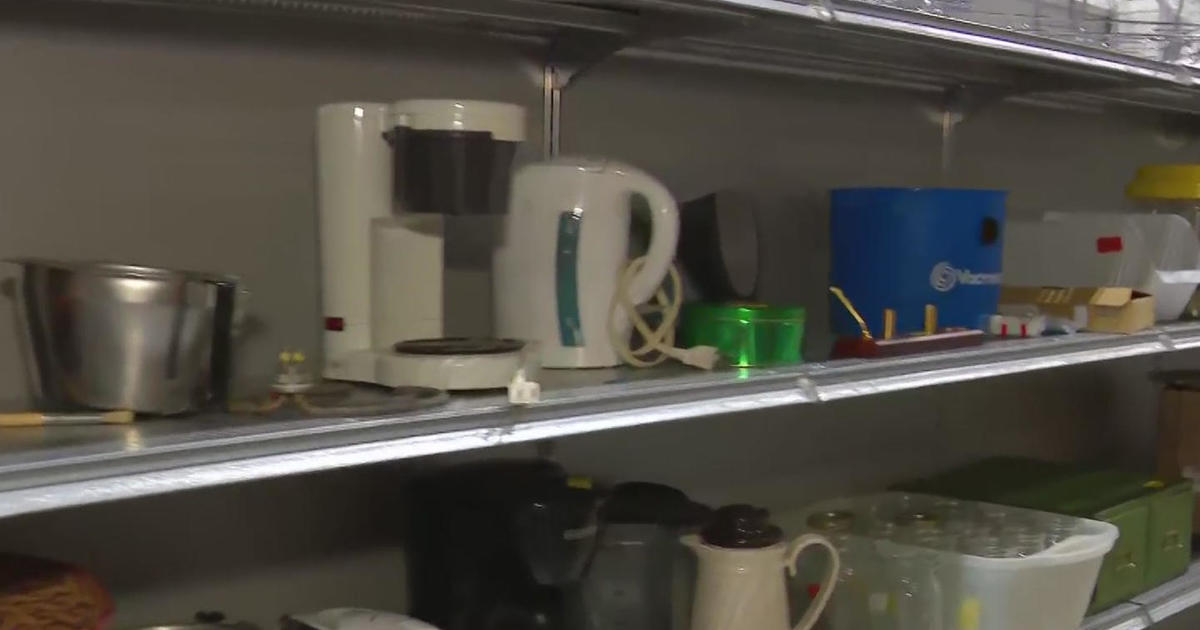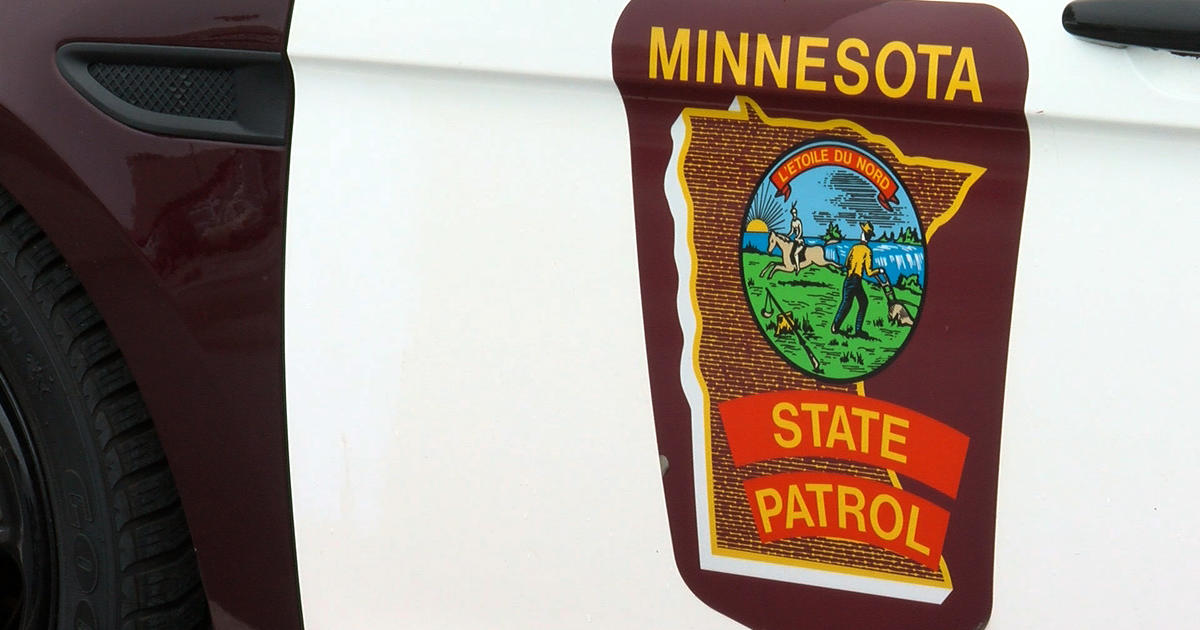Whole Body Donations Help Teach Future Doctors
MINNEAPOLIS (WCCO) - WCCO meteorologist Mike Augustyniak's aunt Barbara passed away earlier this year, and his aunt Connie passed in 2009. Both were life-long nurses, and each chose to donate their body to science instead of being buried or cremated.
It's an option few people consider or even know about. Yet there's a program in the Twin Cities that's leading the country in saving lives because of people like Barbara and Connie.
Dr. Sara Whitehouse knows the importance of the University of Minnesota's Anatomy Bequest program. She's experienced it as a student and as a family member.
Her father, Donald Whitehouse, passed away six years ago from a disease similar to Parkinson's. As it progressed, he expressed his wishes for what his family should do after he died.
He wanted to donate his body to science.
"When I asked him, he said, 'I'm not going to be around and so I would rather be of use,'" Dr. Whitehouse recalled.
Full-body donation is still a relatively rare option at the time of death. More than 60 percent of Minnesotans are registered to be organ tissue donors, but less than 1 percent donate their whole body.
People who choose to donate their organs can still be full body donors, too.
Angela McArthur is the director of the U's Anatomy Bequest program - the second-largest academically-housed donation program in the nation.
"It makes sense to them that if they're no longer using their body and there's some good that can happen, then that should happen after their death," McArthur said.
The program receives approximately 500 donations a year. They're used to educate 3,000 students and support 2,000 studies annually.
Professors and doctors emphasize that there's no way to learn anatomy through a textbook. The donations are vital to educate future physicians.
Professor Paul Iazzio is a professor with the Lillehei Heart Institute and oversees the Visible Heart Laboratory. He stresses hands-on access to multiple hearts is key helping patients.
"You need to understand how they can all be different, to be able to put devices inside or perform cardiac surgery," Iazzio said. "Just to hold [a heart] in your hand if you're a medical student or engineer, really gives you a totally different perspective."
Twenty years ago the University of Minnesota created the Visible Heart Laboratory to provide students and medical device companies an up-close look at the human heart. Many biomedical engineers did not have personal experience with the anatomy of a heart, yet they had to create devices to accommodate various heart sizes and problems.
The Visible Heart Laboratory has dozens of hearts. Some are preserved using a plasticized polymer; others are models recreated using a 3D printer. All come from the real world and help engineers create life-saving devices.
The first battery operated pacemaker was used 60 years ago at the University of Minnesota in an animal trial. Hours later it was used on a child and worked perfectly.
Today, the lab is helping perfect cutting-edge technology, like a pacemaker that senses a patient's activity and adjusts the heart rate appropriately.
The privilege of learning on real bodies isn't lost on students. Each November, they hold a memorial to honor the donors and their families.
"The first course the medical students have is an anatomy course, and the medical students refer to the donors as their first teachers," McArthur said.
Through the grief of losing a loved one, there's an understanding that this final gift in death may help lead others to longer, healthier lives.
The University of Minnesota has an education program called "Hands on Hearts" for younger students. They travel to elementary schools and museums teaching kids about the heart and keeping it healthy.
If you would like more information on organ tissue donation, click here.
WCCO-TV's Mike Augustyniak Shares Personal Story On Donations



